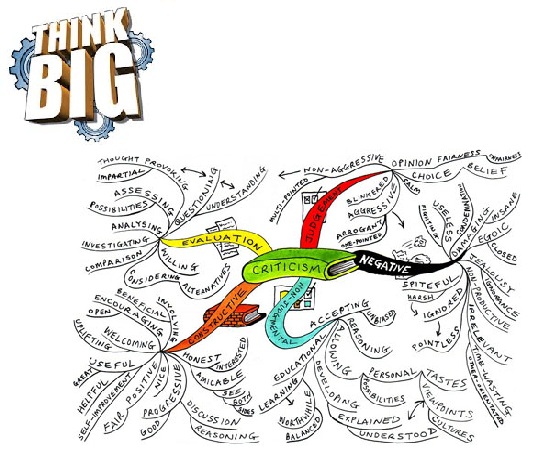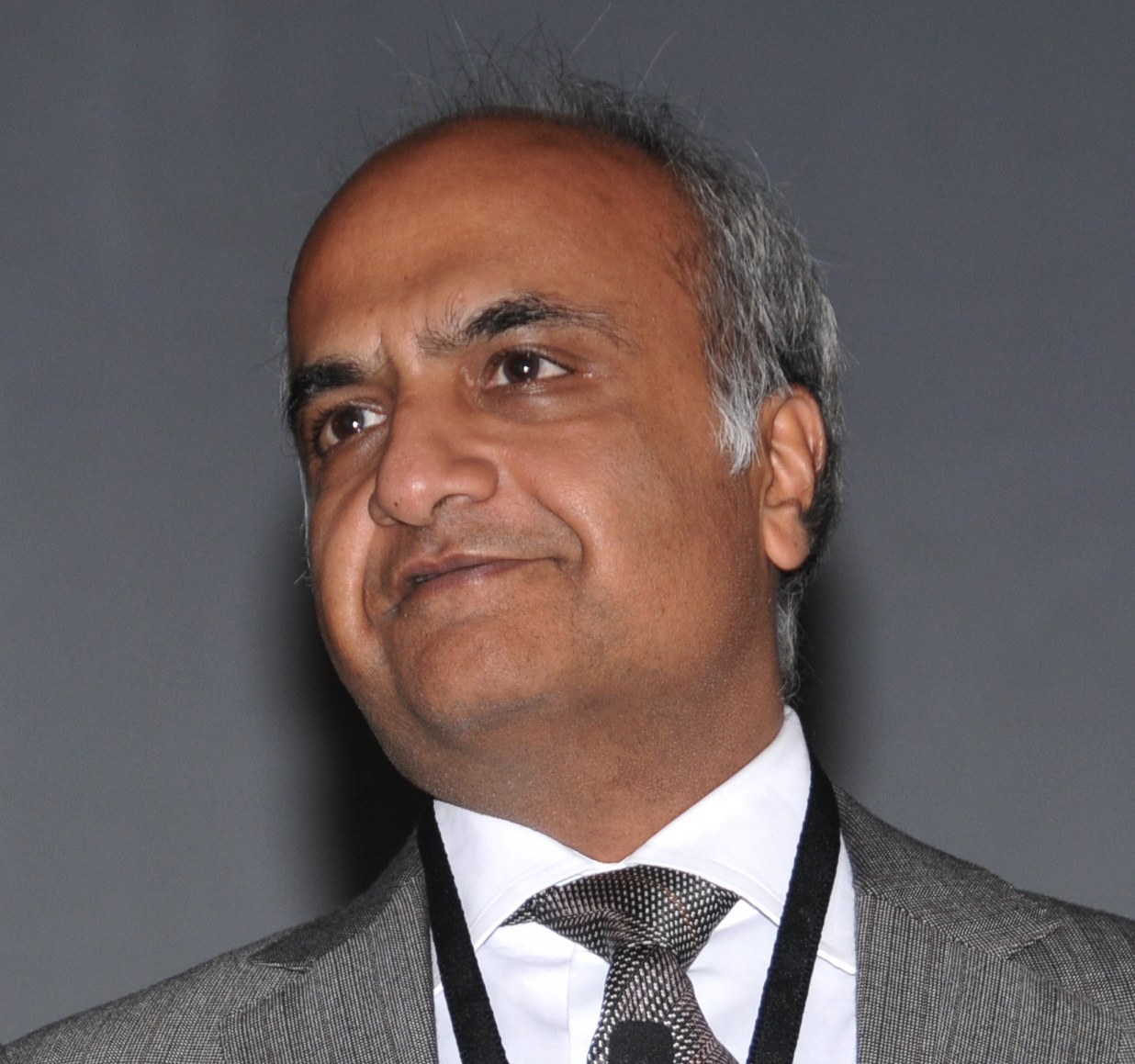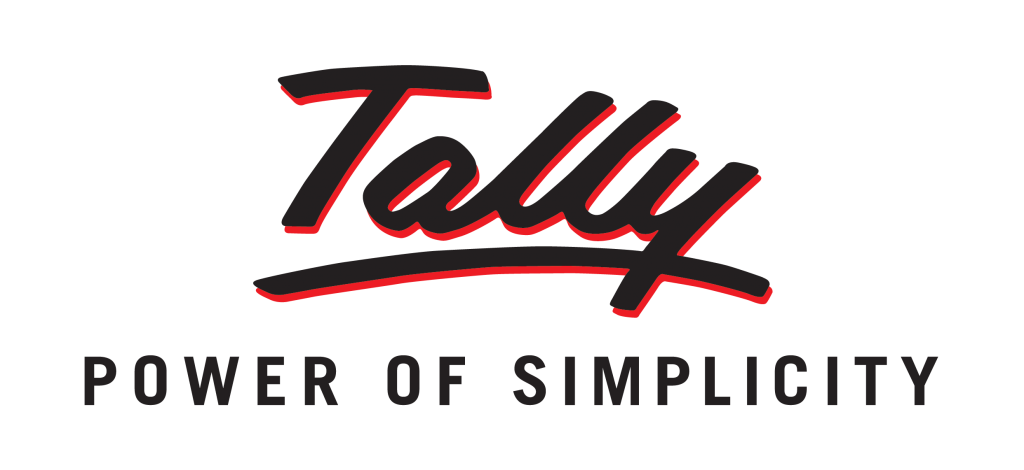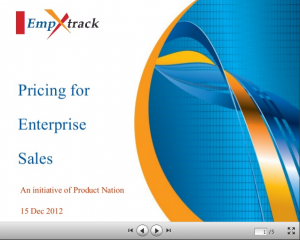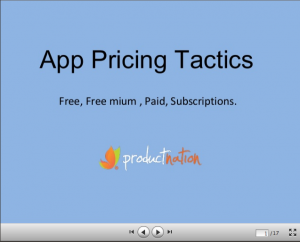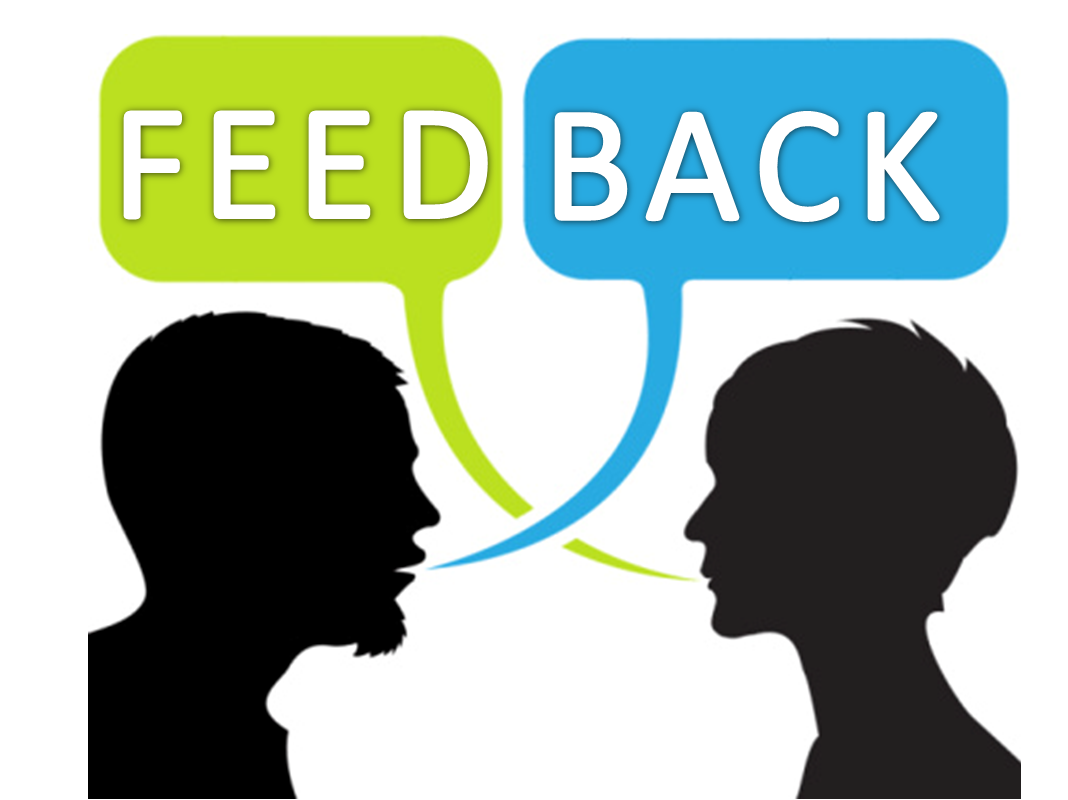Total Addressable Market, Technology and Market Adoption Rates are crucial for Product Startups! Ignoring them early on will only cause immense heart ache down the road for you, your family, your company, your employees and their families!
It’s all well and good to follow your “passion” and do your startup purely for your passion. It will be a great hobby and extracurricular activity. You can still build a lifestyle product startup, with revenues and profits growing slowly, addressing the global marketplace or the Indian marketplace at a pace you like as long as you are NOT trying to raise investor money, angel or VC!
But if you are a product startup that believes in rapid growth, would be in the market for Angel or VC money, this is very important! I will write in a follow-on blog entry about that connection in more detail. In this one, more about the basics!
With the popularity of FlipKart and other e-commerce sites, you may be thinking that Indian e-commerce sites make for great e-commerce startups. After all, you see Indians signing on to the web in droves, right? You think that it will be easy for you to raise money for your e-commerce startup, correct?
You may want to read this recent report , Analysis of VC Funding in the Indian E-Commerce Space. This report predicts that the funding scene for e-commerce sites in India will be drying up soon and it will be very difficult to raise money for such ventures!
I have personal experience chasing the Indian Enterprise marketplace with our software products and services some time ago and it wasn’t very good. We might have been a bit early for the Indian enterprise market but with the recent weaknesses in the Indian economy, IT companies in the doldrums, I don’t think that the situation has changed too much.
When you have invested years and years of your time, effort, passion and money in a startup company, you tend to put on rose colored glasses and look at only information that seems to confirm your hypothesis that your company will be successful no matter what is happening in the market you are addressing!
You tend to discount facts that don’t fit with your ideas and dismiss them offhand. Bad Idea!
Total addressable markets and adoption rates are absolutely crucial in predicting your own success in the market you are addressing.
For example, take a look at this latest analysis of global mobile and web trends by the famous venture capital firm, KPCB.
Whether your product addresses the global or the Indian market place, statistics like the ones provided in the above presentation will help you get a dispassionate, realistic, and useful handle on what’s really happening in the marketplace, in spite of what you think is happening or wish were happening!
Even with these kinds of statistics, you may need to adjust for personal knowledge you have of the marketplace. For example, if you think that 900 million mobile connections are reported for the Indian market, does it mean 900 million people? How about people who have multiple SIM cards and connections? How about people who obtained prepaid connections from multiple service providers, using some and not using others?
That gives you an idea of how to arrive at the Total Addressable Market. If your product addresses the Indian Small and Medium sized businesses, do you have statistics on how many of these are there? SMBs of various sizes?
Technology Adoption rates are a very crucial thing you want to pay attention to. Just seeing all of your friends buying smartphones in your urban area in India is not a good indication of Indian Smartphone adoption rates! The Mary Meeker presentation above shows that the Chinese smartphone adoption rate is 24%, Canada’s is even higher than the US and the Indian one is a paltry 4%. Let’s assume that even if this statistics is wrong by a factor of 4, 16% instead of 4%. Is it still enough for you to address the Indian smartphone market with your product? It is hard enough to sell apps for smartphones. Is your plan for revenues realistic when your app is addressing a slower growing market and may be competing for attention in app stores with more than half a million apps? Now does the picture change for you when you tweak your product to address markets other than the Indian one? Is that large enough for comfort? Of course, you also need to plan for how to get to the other markets (sales and marketing efforts) if you are targeting them also?
Last, but not least, you may all be familiar with the Market Adoption Lifecycle and Gartner’s Hype Cycle, Geoffrey Moore’s Crossing the Chasm problem.
Briefly back in 1962, a group of researchers proposed the Market Adoption Lifecycle with any new technology being dependent upon Innovators and Early Adopters being the earliest to try some new technology or product followed by early majority. Late majority and laggards will complete the adoption and by the time they come on board, the next wave of innovation is on.
Geoffrey Moore proposed that unless the product or technology is very useful and the price is right, a chasm will prevent the early majority users from adopting it.
Gartner’s Hype Cycle extends this with further modifications and extensions.
The implication here is that of the total addressable market, you are going to have a smaller percentage adopting and using your product. Consumers or enterprises, is that large enough for you to grow as you predict in your business plan?
The bottom line is if your individual beliefs are based on anecdotal evidence (All my friends have an iPhone or all my friends shop on Flipkart), as product startups, you owe it to yourself to collect statistics, facts and combine them with your own intuition about where things are going!
If you wait till all facts are known with certainty, it may be too late. There may be many competitors in the market and market may be mature already.
The key is taking Informed Bets with your startups. It is never too late to do this analysis. You can pivot from your existing products to ones that actually make sense with a larger addressable market and observable technology and market adoption rates!
I would not underestimate the battle between the heart and the head when it comes to your product startup. The head will always intuit you with the real picture. Your heart will mislead you, simply because you have invested your ego, time, money and passion in something that you know is not in a fast growing market!
How do i know this? Been there, done that! Made mistakes that were very painful!
You owe it to yourself, your family, your employees and their families to combine facts with your own gut instinct about where a market is headed and how your product line up can ride that wave!
Is your plan realistic? After all, you will be spending your next 2 to 5 years with your product startup.
Forget the hype! For your own sake, you need to have a clear idea of the addressable market, a good sense of your early adopters, what they are looking for, and whether the adoption rates are going in the right direction, even if they are currently small! Are they accelerating? These are the facts you need to check out and be comfortable with, for your own set of products.
The hype machine would have moved on to the next big one. You will left holding your own bucket.
Develop and Pray is a bad plan!
Reality is merely an illusion, albeit a very persistent one – Albert Einstein.


